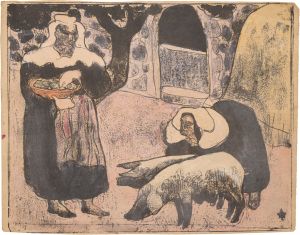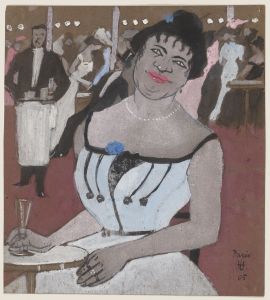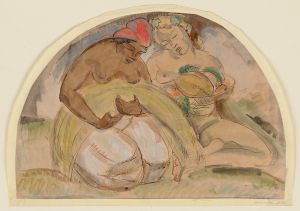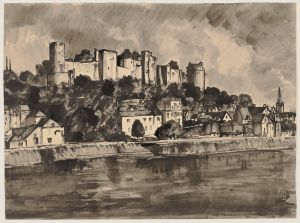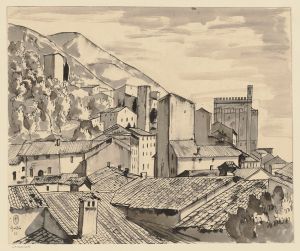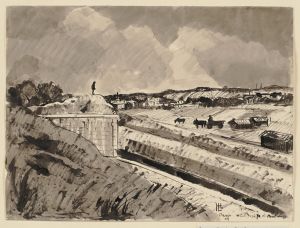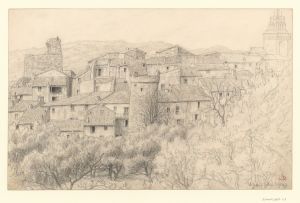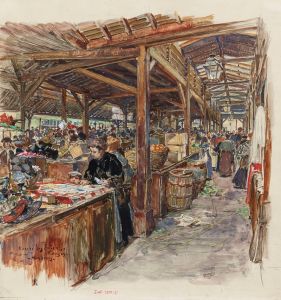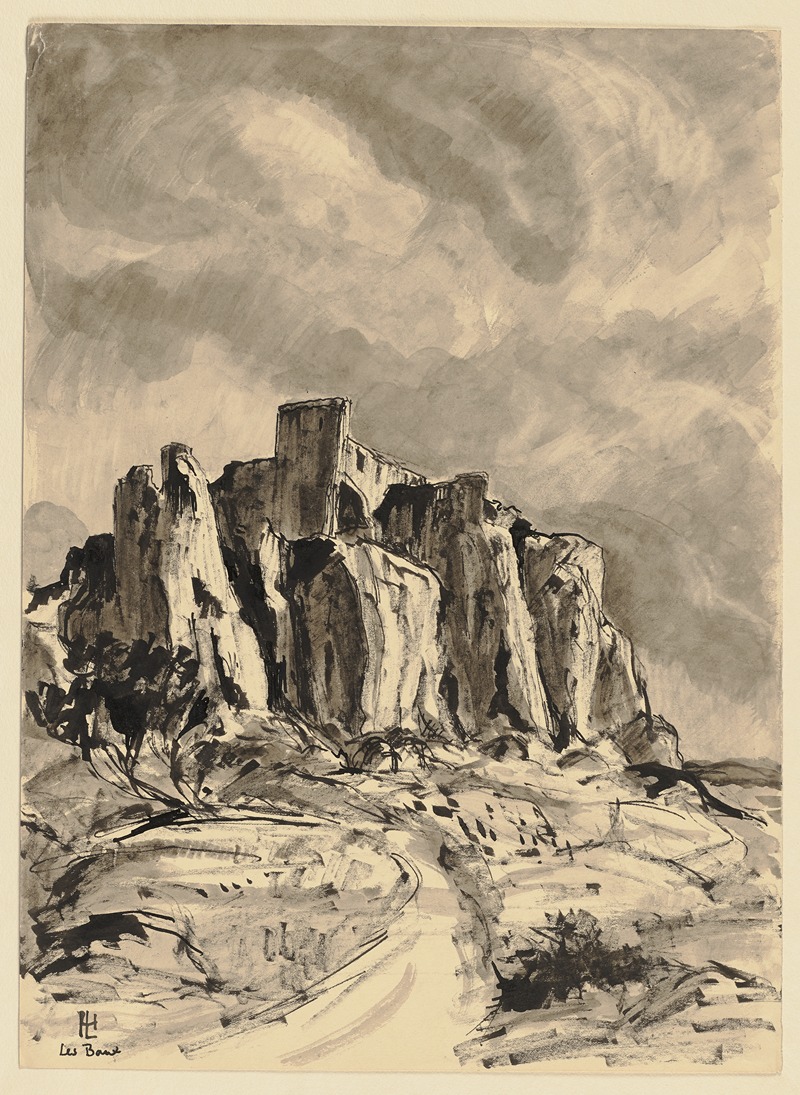
Les Baux-de-Provence
A hand-painted replica of Hermann Lismann’s masterpiece Les Baux-de-Provence, meticulously crafted by professional artists to capture the true essence of the original. Each piece is created with museum-quality canvas and rare mineral pigments, carefully painted by experienced artists with delicate brushstrokes and rich, layered colors to perfectly recreate the texture of the original artwork. Unlike machine-printed reproductions, this hand-painted version brings the painting to life, infused with the artist’s emotions and skill in every stroke. Whether for personal collection or home decoration, it instantly elevates the artistic atmosphere of any space.
Hermann Lismann was a German painter known for his contributions to the Impressionist and Post-Impressionist movements. Born in 1878 in Frankfurt, Germany, Lismann studied at the Academy of Fine Arts in Munich and later in Paris, where he was influenced by the vibrant art scene and the works of artists like Vincent van Gogh and Paul Cézanne. His style is characterized by bold colors and expressive brushwork, capturing the essence of his subjects with a dynamic and emotive approach.
One of Lismann's notable works is "Les Baux-de-Provence," a painting that depicts the picturesque village of Les Baux-de-Provence in the south of France. This village, located in the Alpilles mountains of Provence, is renowned for its dramatic scenery and historical significance. The area has been a source of inspiration for many artists due to its unique landscape and the quality of light that bathes the region.
In "Les Baux-de-Provence," Lismann captures the essence of the village with his characteristic use of color and form. The painting likely reflects the rugged beauty of the area, with its limestone cliffs and medieval architecture. Lismann's brushwork would have conveyed the texture of the stone and the vibrant hues of the Provencal landscape, bringing to life the interplay of light and shadow that is so distinctive to the region.
Lismann's work often reflects his interest in capturing the spirit of a place, and "Les Baux-de-Provence" is no exception. The painting would have been created during a time when Lismann was exploring the landscapes of France, a common practice among artists of his time who sought to capture the natural beauty and cultural richness of the country. His travels and studies in France allowed him to develop a style that was both personal and reflective of broader artistic trends.
Throughout his career, Lismann faced significant challenges, particularly during the rise of the Nazi regime in Germany. As a Jewish artist, he was forced to flee Germany in the 1930s, eventually settling in France. Despite these hardships, Lismann continued to paint and exhibit his work, contributing to the cultural tapestry of his adopted country.
"Les Baux-de-Provence" stands as a testament to Lismann's ability to convey the beauty and atmosphere of his surroundings. While specific details about the painting's creation and current location may not be widely documented, it remains an important part of Lismann's oeuvre and a reflection of his artistic vision.
Lismann's legacy is preserved through his paintings, which continue to be appreciated for their emotional depth and technical skill. His work offers a window into the world of early 20th-century European art, capturing the landscapes and experiences that shaped his life and career.






